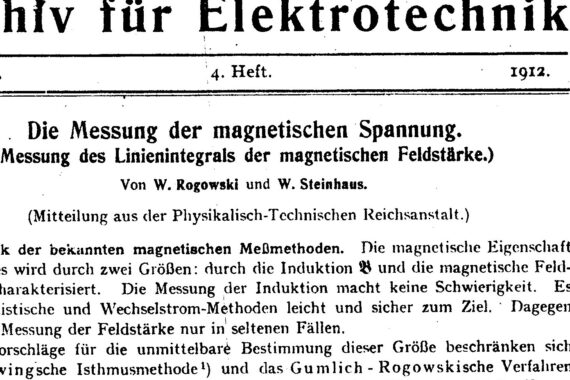0 items
Comparison between Rogowski Coils and other current-measuring methods
Comparison between Rogowski Coils and other current-measuring methods
Rogowski Coils and Current Transformers
Rogowski coil advantages:
- Measures over a very wide current range with a single coil
- Wider bandwidth for high and low frequencies
- Lower harmonic distortion
- Does not load the circuit
- Will not saturate if a DC component is present
- No danger from open-circuit secondary
- Better transient response
- Compact and lightweight especially for measuring very large currents
- Not damaged by large overloads
- Can be made in a 'split' version without sacrificing accuracy or phase integrity
Current Transformer Advantages:
- Well-established technology
- Cheaper for some low-current applications
- Does not require a power supply
Rogowski Coils and Hall-effect Transducers
Rogowski coil advantages:
- Measures over a very wide current range with a single coil
- Withstands large sustained overloads without damage
- Does not load the circuit being measured
- Transducer output is less noisy
- Lower power consumption
- More compact especially for large conductors and large currents
Hall-Effect Transducer Advantages:
- Measures down to DC
Rogowski Coils and Resistive Shunts
Rogowski coil advantages:
- No direct electrical contact with the conductor
- Much more compact for high current measurements
- Easy to calibrate accurately for very large currents
- Does not heat up
- Can withstand large overloads without damage and with rapid recovery
- Does not load the circuit
- Installation does not need modification to the busbars
Resistive Shunt Advantages:
- Measures down to DC
- Better for low-current measurements
Download this article as a PDF

Articles and Papers
This page collects together both relevant and historical literature about the working of Rogowski coils and associated equipment.
Find out more

Applications
To appreciate the versatility of coil transducers look at some of their applications.
Find out more

Share this page